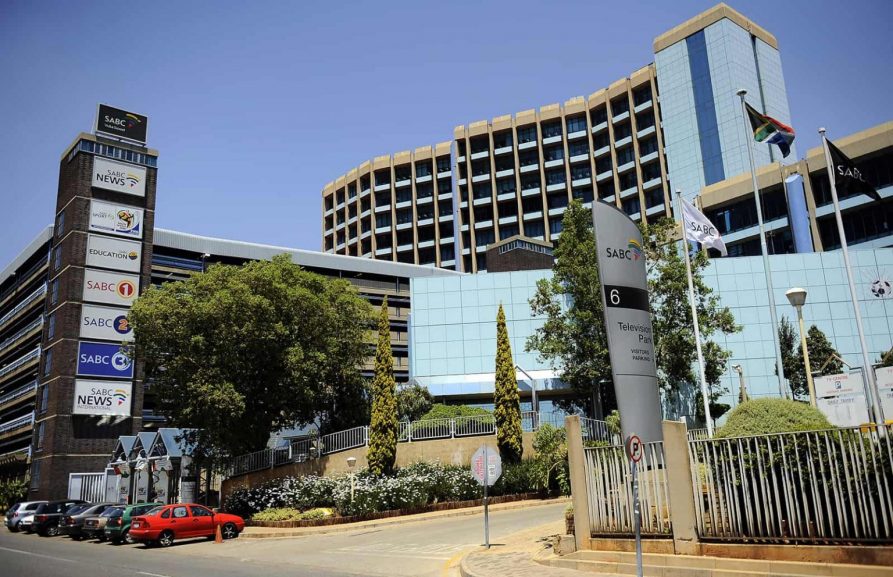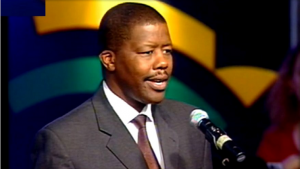Today marks exactly 70 years of the South African Broadcasting Corporation’s (SABC) first in-house news broadcast. The public broadcaster was established in 1936, but it didn’t operate a news service of its own until 15 years later, just after World War Two.
The first SABC News radio bulletin went live on 17 July 1950 from Broadcast House on Commissioner Street, Johannesburg. This was just after the National Party (NP) took power and began implementing its racial segregation policy of apartheid. It was also during this time that the SABC launched Springbok Radio, its first commercial station.
The SABC’s first News Director was AM van Schoor. He recruited journalists from newspaper editorial offices within South Africa and the then-Rhodesia, now called Zimbabwe. The service was a huge success and within two years the broadcaster began introducing regional news services.
Currently, the public broadcaster has 18 radio stations, which have more than 25 million weekly listeners and five television broadcasts to the general public.
Audience growth
SABC News is continuing to record substantial growth across its various platforms.
Boasting an increase in its market share, the SABC News Channel now leads the 24-hour news market in the country. The latest Broadcast Research Council (BRC) data shows an improved market share performance of 42% and 40% in the national (including DTT) and DSTV news markets, respectively.
Four years ago the SABC News Channel accounted for only 14.7% audience share, with the main competitor at 54%.
The organisation’s Editor-In-Chief Phathiswa Magopeni says, “As the country’s public news service, SABC News is unswerving in its Independent and Impartial journalistic ethos, whose obligation and loyalty is to the citizens. It continues to re-engineer itself to respond swiftly to the rapidly evolving news and information needs of the citizenry. This is crucial for public participation in enriching and strengthening the country’s democracy.”
With regard to free-to-air television news audiences, 8 of the 10 most viewed news products nationally are broadcast on SABC 1 and SABC 2. This means SABC News contributes 80% of the Top 10 news broadcasts.
IsiXhosa and IsiZulu news bulletins continue to lead the pack with more than 4.5 million viewers. The two news services have also started publishing their content on their SABC News YouTube microsites, Iindaba and Izindaba.
Furthermore, SABC News programming on radio and digital platforms has continued to enable convenient up-to-the-minute access to news and current affairs content, and extensive audience engagement opportunities.
The SABC says it is through sheer determination and commitment of the public broadcaster’s journalists that it has been able to achieve this level and quality of performance.
“SABC News journalists continue to work diligently in exceptionally challenging circumstances, to ensure that the public news service delivers unquestionably on its mandate, and resolutely pursues its ethos in providing incisive watchdog public service journalism in South Africa,” Magopeni says.
The public news service says it remains committed to upholding sound editorial principles and ensuring adherence to ethical journalistic practice in the interest of the citizens and the country.
Members of Parliament have applauded the SABC for its role in the coverage of the COVID-19 pandemic and for turning the company around.
Members of the Communications Committee say the public broadcaster has led the way in keeping the public informed about the virus.
DA MP Phumzile van Damme says: “You have an important role to play in getting the message across to the people of SA about this virus. In particular, to those who don’t have access to DSTV and from what I’ve seen, you are doing a great job at that as well … these regular public service announcements on radio and on TV. Thank you for that good work.”






